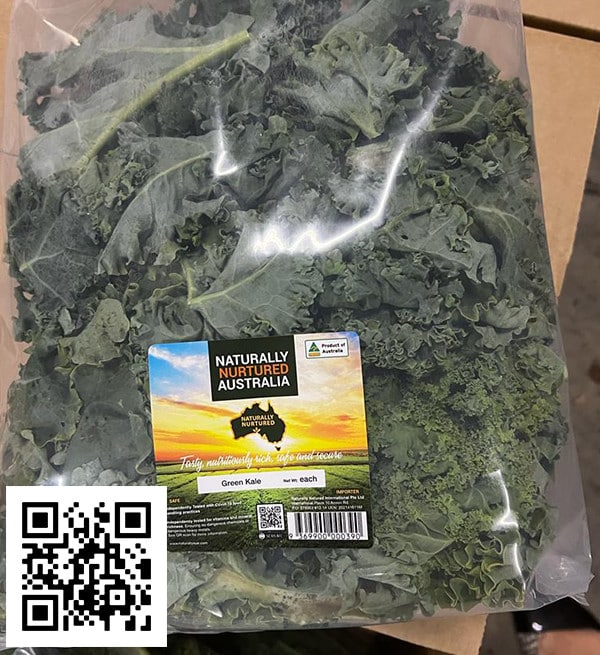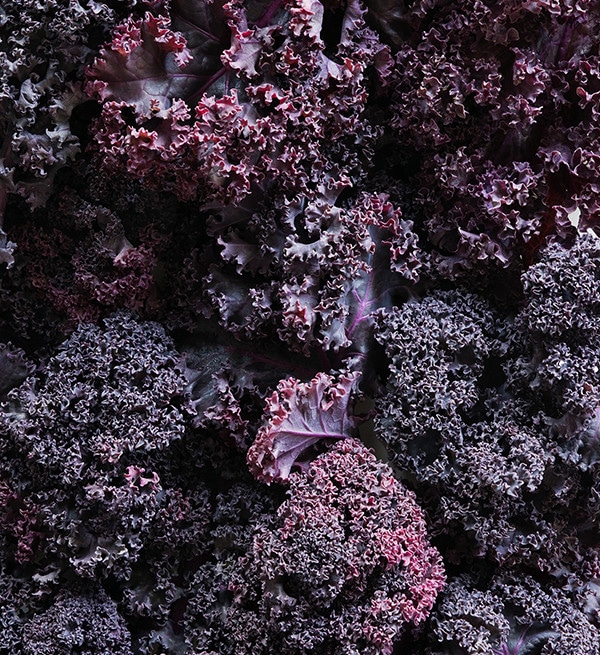

Kale ADHD Brain superfood
What can be said about Kale that has not be said a thousand times.
Why do we have both Red and Green Kale?
Red Kale and Green Kale both have the same fantastic nutritional and health benefits. Red Kale is sweeter and is great to eat raw in smoothies, salads and juicing. Green Kale is good for cooking as kale chips in foods and slow cook meals or as a cooked side vegetable.
- Harvest Location: Western Australia
According to the Experts….
- Kale is full of antioxidants offering powerful heart-protective, blood pressure-lowering, anti-inflammatory, anti-viral, anti-depressant and anti-cancer effects
- Kale reduces dangerous cholesterol by over 25% if eaten consistently
- Is extremely high in vitamin K which helps reduce the risk of blood-clotting
Health and Vitamin Testing the Regenerative Benefit
- Tasty- The food actually has a taste and not watery” according to our taste experts. This is due to the regenerative farming methods used.
- Our farmers in the South of Western Australia grow this vital vegetable without dangerous chemicals and heavy metals.
- The results of the NNA have identified strong levels of vitamin C, Potassium, Vitamin K Vitamin A and Manganese
- Our vitamin testing ensures you will receive an optimum level for your health.
Vitamin Content of a Medium Sized Kale (67g):
Vitamin A: 206% of the DV (from beta-carotene)
Vitamin K: 684% of the DV
Vitamin C: 134% of the DV
Vitamin B6: 9% of the DV
Manganese: 26% of the DV
Calcium: 9% of the DV
Copper: 10% of the DV
Potassium: 9% of the DV
Magnesium: 6% of the DV
As kale can be bitter to taste, many experts recommend that you massage the kale. Kale can sometimes look like it is wilting. Just place kale in luke warm water for 10 minutes and will help rehydrate. To keep kale longer- Remove kale from the protective bag, loosen leaves. Place a paper towel around the Kale, put in an airtight container or snip lock bag and place in refrigerator.

